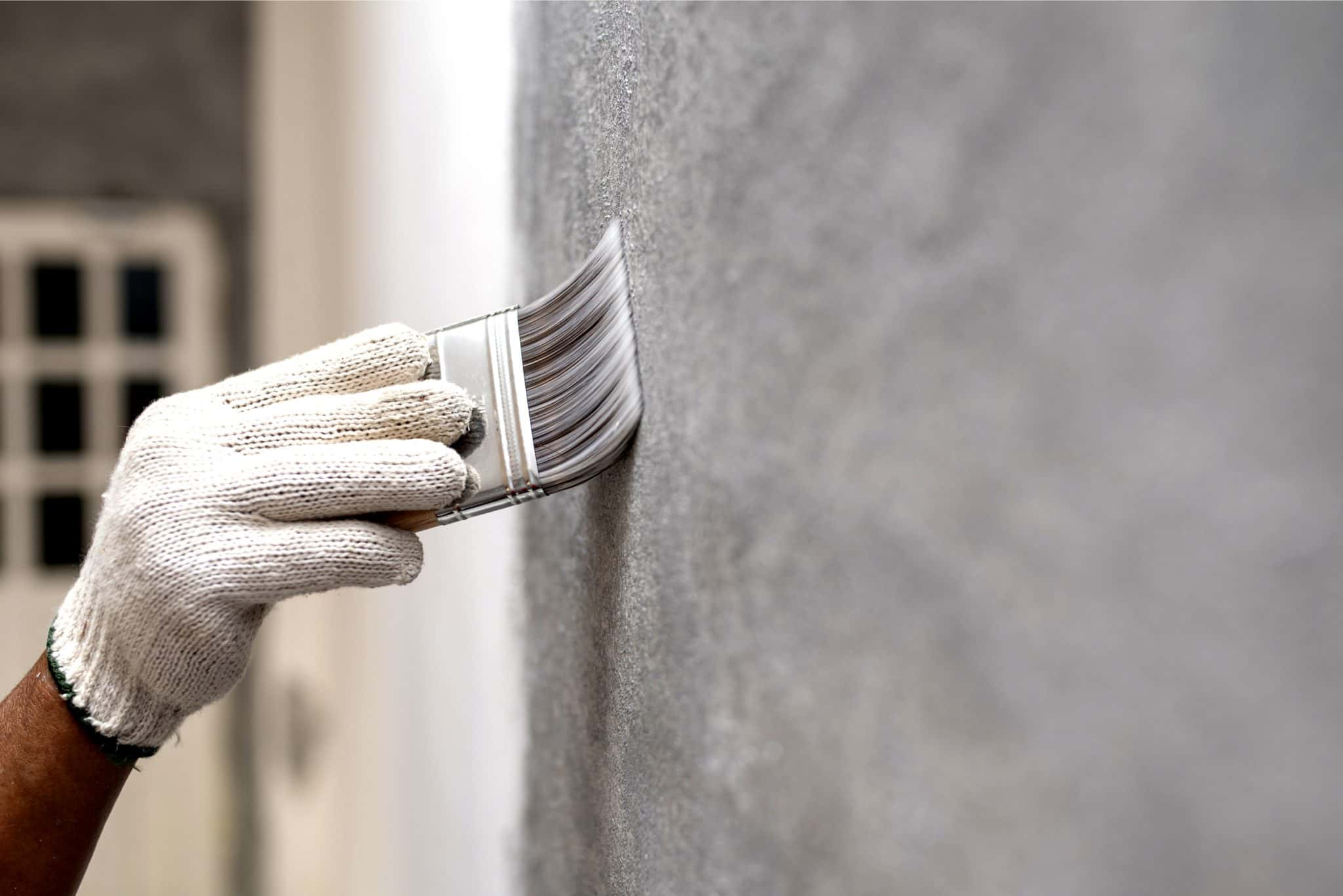Wall paint is one of the most important design elements in a house and without it, the house would not be colorful and the walls would look boring. It is one of the most useful substances when it comes to making a house look more attractive and beautiful. But choosing to paint is just the beginning of your painting adventure. It is essential to follow specific rules to get the best wall colours. So, here are some wall paint ideas for painting your walls more durably.
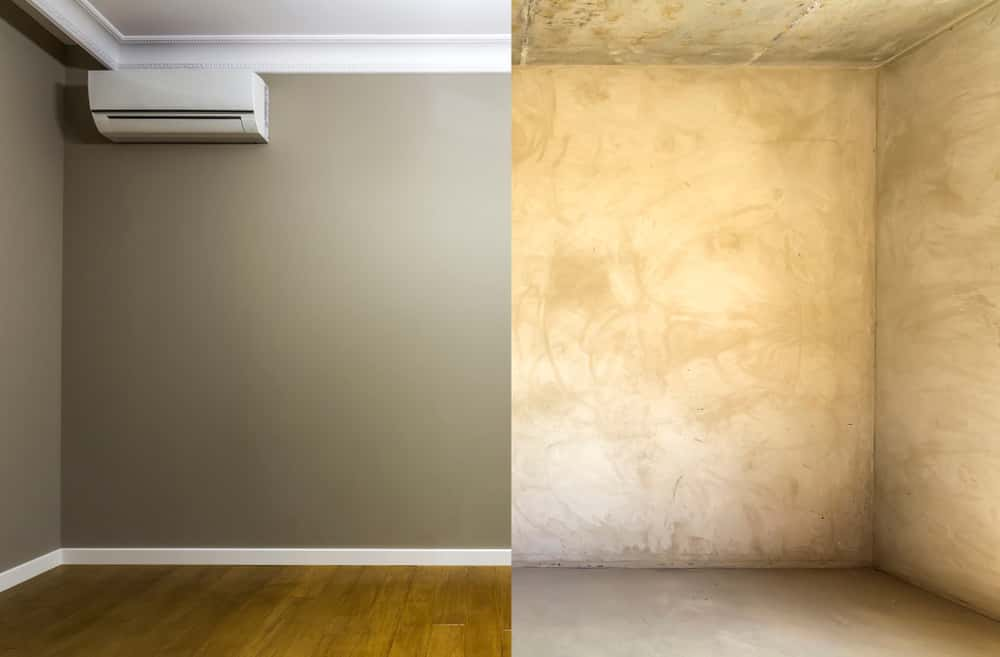
The 10 Rules for Better Interior Wall Paint
1. Plan Ahead
This is the first yet most crucial step for obtaining the desired results from the interior paint. Begin the painting project with an idea of how you want your house to appear after you are done with painting. It is preferable to have an accent wall rather than painting all the four walls of a room in the same colour. You might also change the colour of the ceiling. Also, specify whether you want a metallic, matte, or glossy look. Consider all of this before you roll up your sleeves.
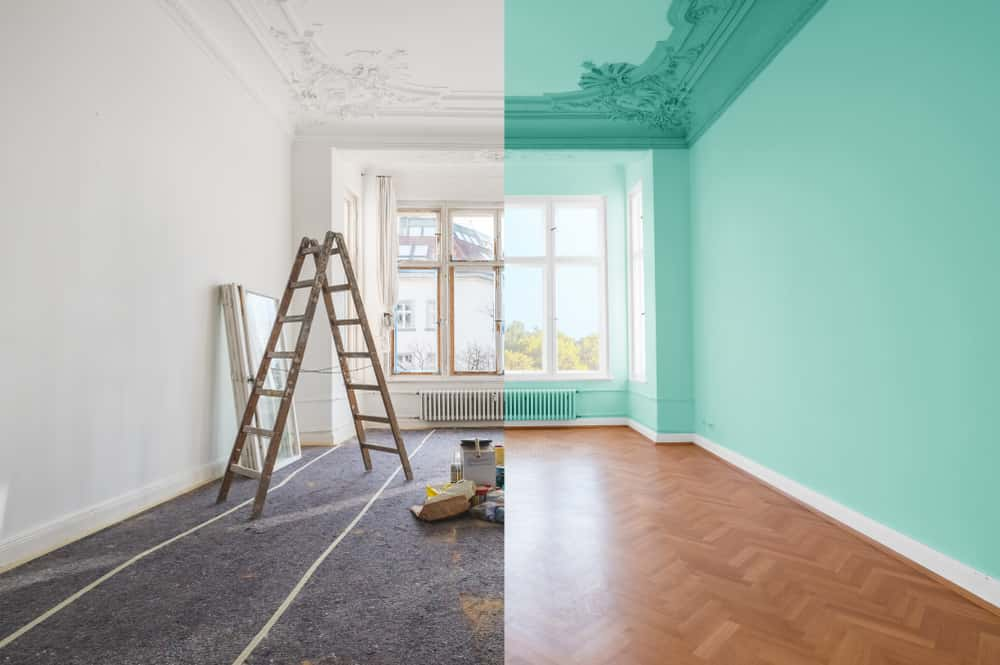
2. Choose the Colour
Keep your favourites in mind when analysing the wall colour. If your choice of colour meets your home decor needs, then go for it. Alternatively, rethink if you want to use cool, warm, neutral, or intense colours. When choosing paint colours for your walls, do not forget to consider your current furniture and decorations. Once you have decided, choose a couple of paint colours for your walls and request samples. Paint the swatches on the walls and examine them at various times and at night to see how they look in different lighting.
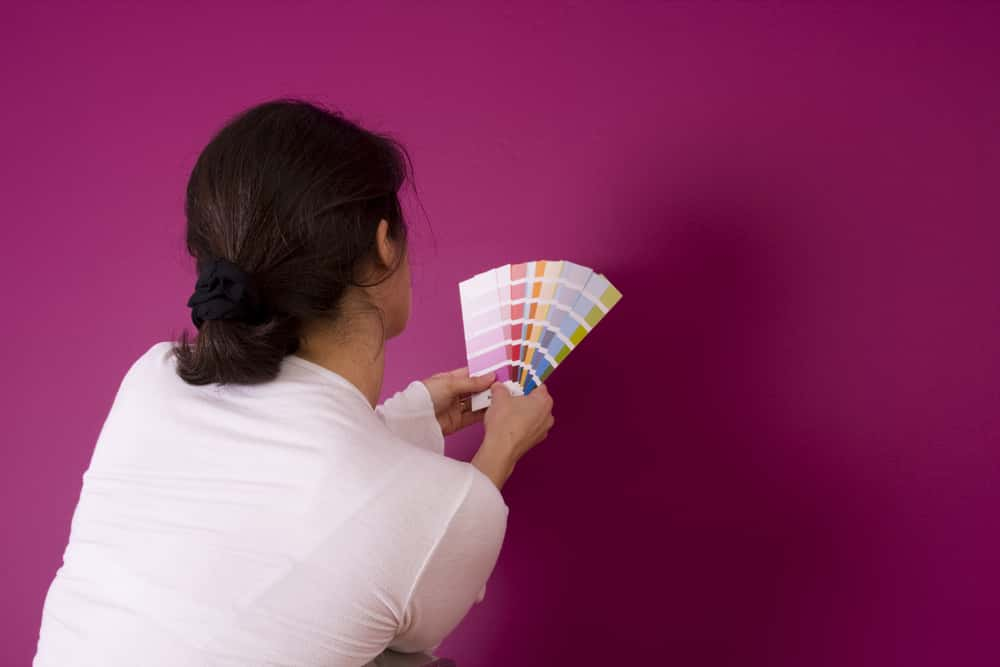
3. Patch the Holes
When you have a new coat of paint on the wall, even the most minor holes might look enlarged. To prevent future regret, take the time now to fill any gaps. When the spackle has dried, gently sand it until the texture is smooth.
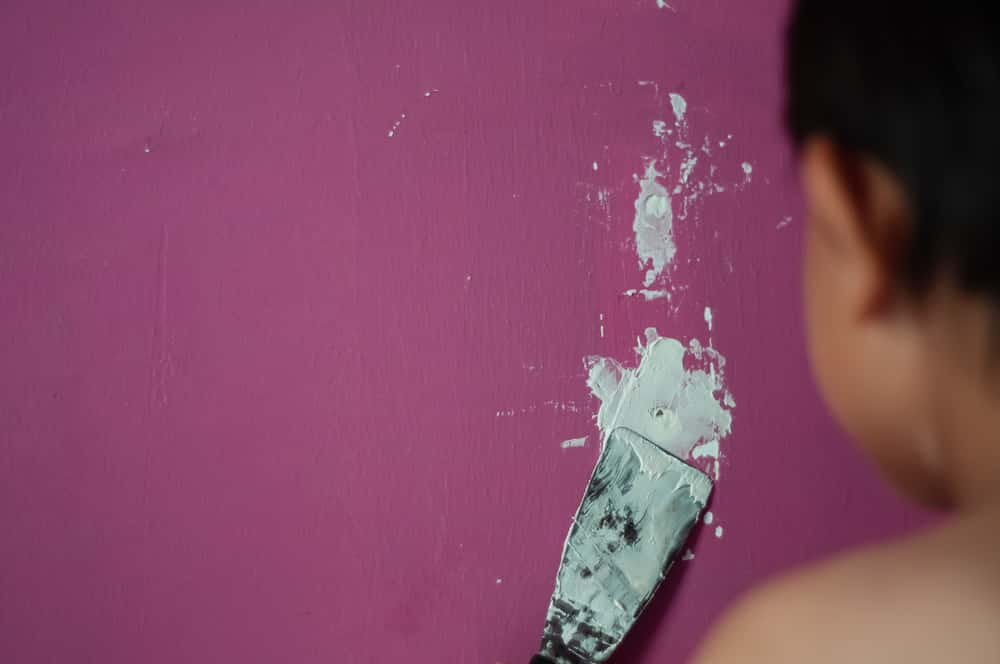
4. Clean up Your Walls
If you have not cleaned your walls in a long time, you will be amazed at how much dirt has likely accumulated on the surface. If your house paint is washable, clean it using giant cellulose sponges and a solution of water combined with a few drops of light dishwashing solutions to remove any dust, filth, and grease. If not, wipe the walls with a damp sponge. Before you begin painting, ensure the area is arid.

5. Collect the Materials
You will need to choose your paint products based on the state of your walls. Some of the essentials for your painting toolbox are Paint, rollers, brushes, stencils, paint roller extension pole, sponges, sandpaper, painter’s tape, paint tray, rags, cover sheets, cloths, and a knife. If your home’s walls have leaks, cracks, or are wet, consider efficient waterproofing treatments before beginning your painting job.

6. Calculate the Painting Area
Nothing will upset you more than running out of paint in the middle of a painting job. Similarly, please do not overdo it with the paint. There are a few elements that can help you choose the proper amount of paint for the inside of your house. Calculate the square footage of the room while considering the furniture areas as well.
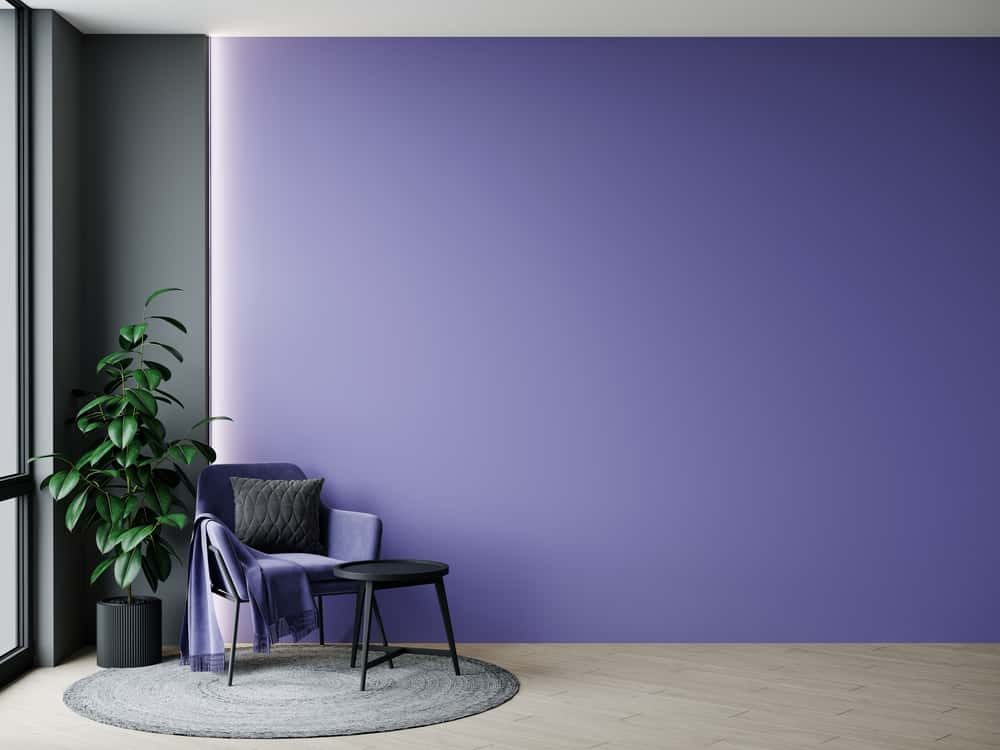
7. Prep the Room
You would not want to ruin your favourite couch or your valuable decor items, right? If there is not enough room, move everything to the centre of the room prior to painting the walls. Safeguard your furniture and the floor with a drop cloth or lightweight plastic sheeting. If you omit the drop cloth, the paint will spatter and destroy everything around it.
8. Mix the Colours
Stir the paint with a wooden paint stick while mixing it. Throughout the process, re-stir the paint container often. If you use over one gallon of paints, combine it in a big bucket to avoid colour variations. Use a clean bucket to save yourself the trouble. Also, remember to keep the paint cans to save any leftover paint for future touch-ups.
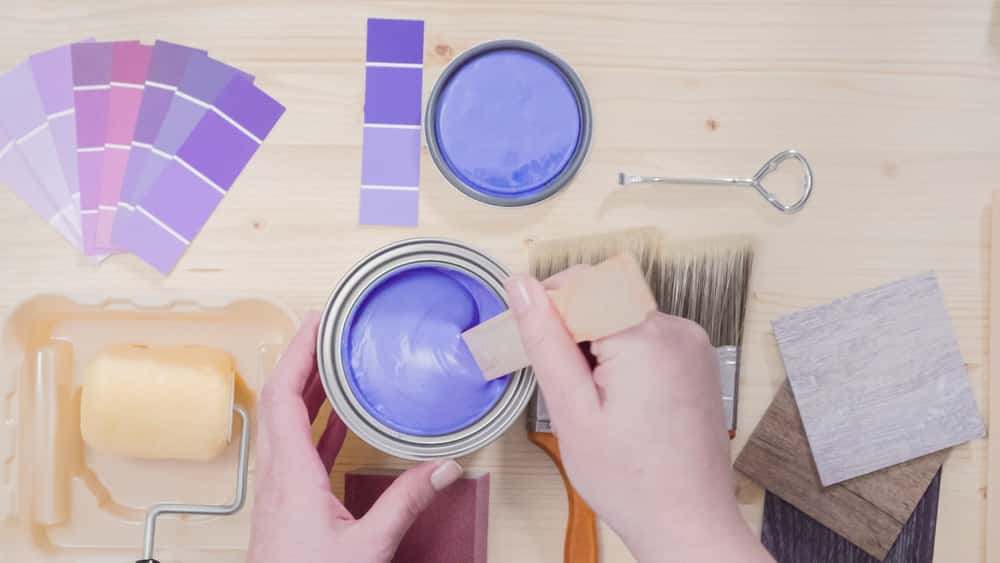
9. Choose the Proper Technique
Your paint is prepared, and your roller is ready to go, but before you begin, develop a strategy. Begin at the top of the room and work your way down, beginning with the ceilings. If you are repainting dark walls with a brighter colour, plan on three coats: primer, then two coats of the new colour to ensure nothing shows through. Take on one wall at a time. When applying paint with a roller, employ long strokes in a W pattern for even coverage. In this manner, you may prevent shabby and ugly roller markings on the walls. You may apply the second layer after the wall is dry to the touch.
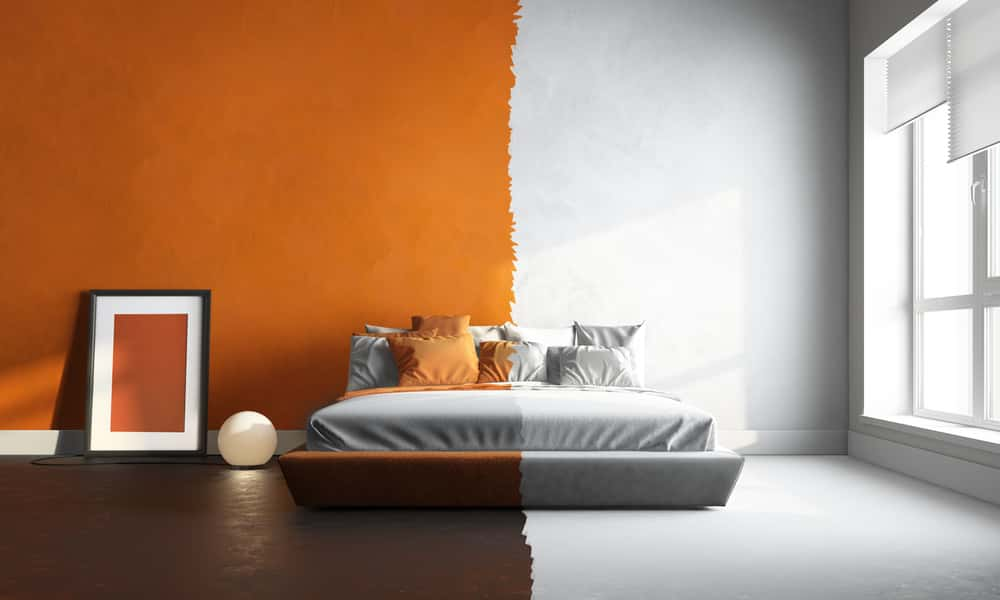
10. Let it Dry
It is time to wait once you have finished painting the wall. Allow the colour to dry overnight if possible. Meanwhile, look over the wall for any thin patches, lumps, leaks, or other problem areas. Moreover, all the while resisting the impulse to touch the walls. The following morning, you will wake up in a gorgeous house! What comes next? Restore all of the decor items and furniture pieces you removed. You are ready to show off your most fashionable home walls and share your wall paint hacks.
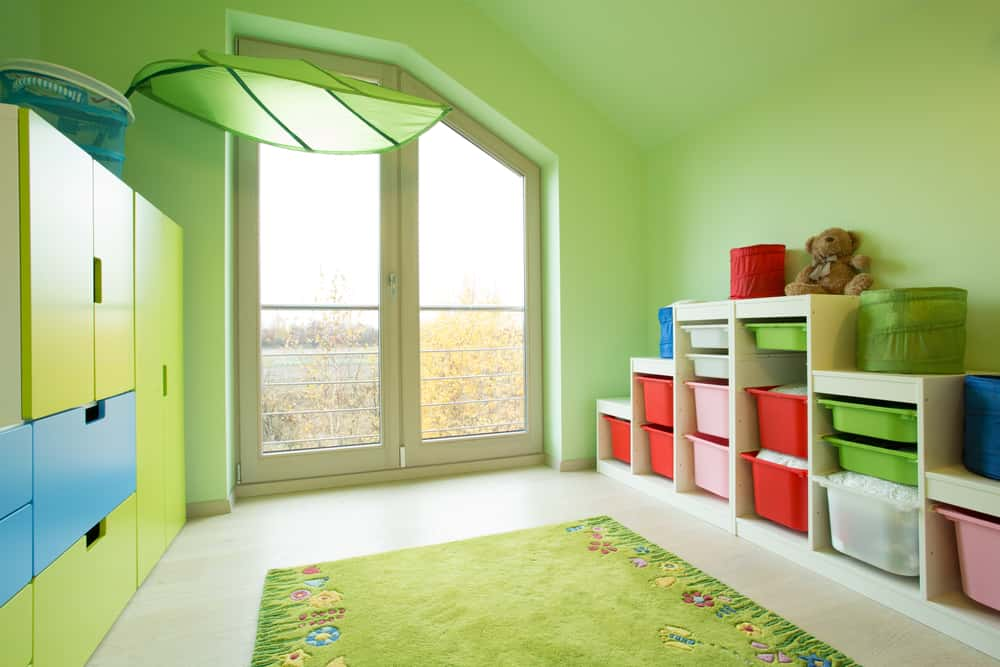
So, follow the above-given simple yet effective rules for better interior wall paint and beautify your space with positive, vibrant, and calming colours.
Seems like too much work? How about letting the experts at HomeLane do it?
And if a home makeover is on your mind, you can connect with 1400+ professionals, choose from 3D designs virtually, get instant pricing and get your interiors done within 45 days.

